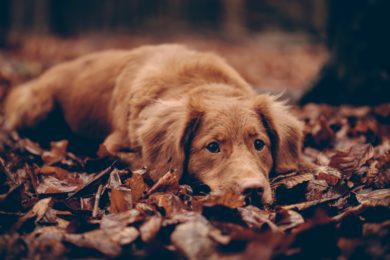From Your Flowerbed:
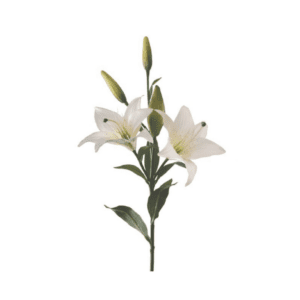 |
Lillies:There are several kinds of lilies, with varying degrees of toxicity that should be avoided by all your pets, especially your feline friends. High toxicity (star lily, glory lily, lily of the valley)
Moderate toxicity (calla lily, peace lily)
Low toxicity (crinum lily, rain lily)
|
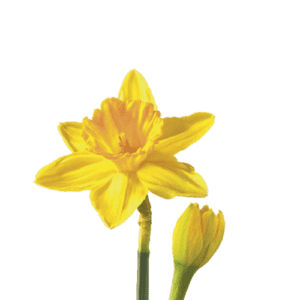 |
Daffodils:Daffodils are some of the first blooms of the season. They signal spring and arrive just as animals are starting to spend more time outside. The part of the Daffodil that is poisonous to dogs is the bulb because it contains Lycorine and other alkaloids. Be careful in the fall when the bulbs are planted as ingesting the bulbs can cause:
|
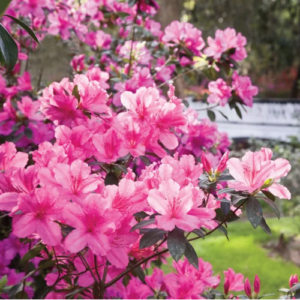 |
Azaleas:Sometimes know as rhododendron, these plants contain a chemical called grayanotoxin that is toxic for both cats and dogs. If your pet ingests Azaleas it can cause:
|
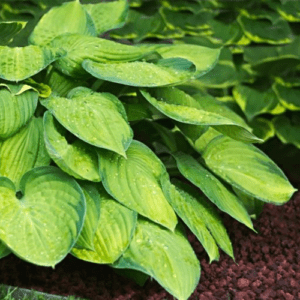 |
Hostas:Hostas are popular for being a low-maintenance plant. They grow fast and require very little attention. But if you have a pet you will have to pay attention to them around your Hostas. The toxins glycoside saponins are what make Hostas poisonous for pets. It can cause:
|
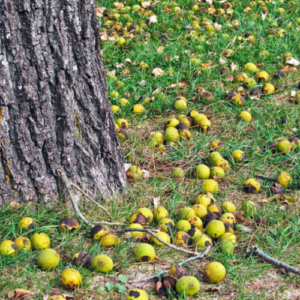 |
Black Walnuts:This tree is easy to spot because the ground below will be covered in ping-pong-ball-sized green and brown fruit. The tree and the nuts themselves are not poisonous to your pets, but the mould that grows on the decomposing nuts is a neurotoxin that is dangerous for dogs who might be enticed to try these delicious looking nuts scattered all over the ground. The symptoms of pets that have eaten Black Walnuts include:
|
From Your Fruit and Vegetable Garden:
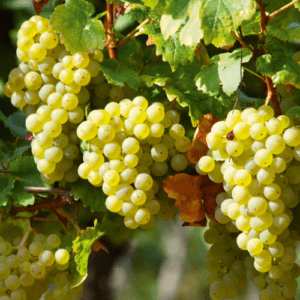 |
Grapes (raisins) and Currents:The exact chemicals in raisins that make pets sick are unknown, but they are toxic to both dogs and cats whether they come dried in a box or fresh off a grapevine in the backyard. Symptoms include:
|
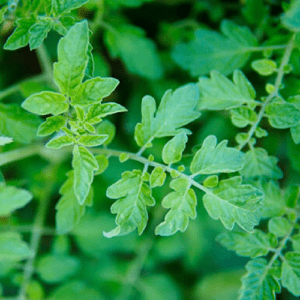 |
Tomato Plants:Eating a ripe tomato will not harm your dog but eating a green tomato or the plant it grows on can be toxic to cats and dogs. The toxic principle is called Solanine and it can cause these symptoms:
|
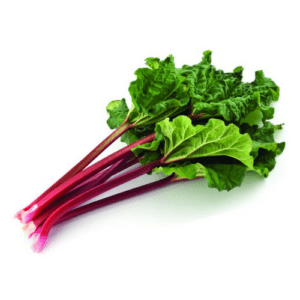 |
Rhubarb:The leaves of the rhubarb plant contain dangerously high levels of oxalic acid. Oxalic acid can cause serious kidney damage to pets and humans! If your pet does get into a rhubarb plant, keep an eye out for these symptoms:
|
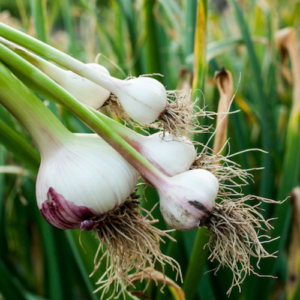 |
Garlic/Chives/Onions:These plants are members of the Allium family (also includes shallots, leeks, chives and rakkyo) and dogs and cats cannot digest these plants the same way humans can. When your pets ingest plants from the Allium family it causes hemolytic anemia and gastrointestinal swelling. If your dog licks off a garlic-y plate they will most likely be okay, but it’s worth noting that studies have found that onions can be toxic if your pet ingests 0.5% of their body weight. Since garlic is more concentrated than onion, even less can cause toxicity. Symptoms can take up to two days to show and include:
|
Your Potted Plants:
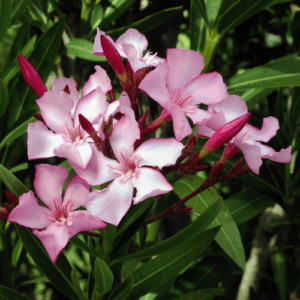 |
Oleander:These flowery indoor shrubs are toxic for humans and pets alike. The plant contains Cardiac glycosides that can cause:
|
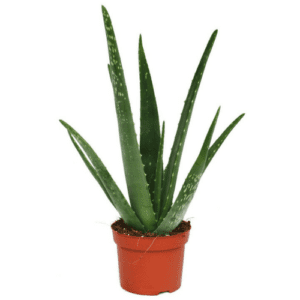 |
Aloe:It is great for treating a human’s sunburn, but if a curious pet tries to nibble at one of the plant’s gooey leaves it can be harmful. The toxic compound in aloe is saponins – it can cause these symptoms:
|
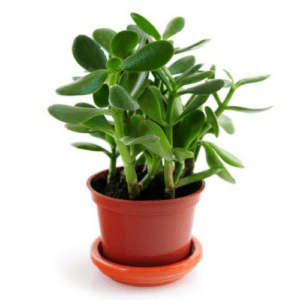 |
Succulents:Succulents are a beautiful alternative to leafy plants that your furry housemate might want to chew on, but there are a few succulents that can dangerous for your pets. Some of the most common succulents are dangerous for your pets. These include the Panda Plant, the Jade plant (pictured on the left), the Snake Plant and the Kalanchoe which can cause these symptoms:
Try these succulents instead:
|
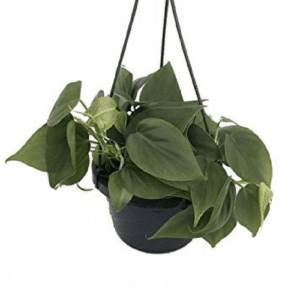 |
Philodendron:Philodendron is in the Araceae family, many of which are toxic to cats and dogs because they contain insoluble calcium oxalates that can irritate your pet’s mouth if they chow down on your plant. The most common Philodendrons is known as Heart Shaped Philodendron. |
 |
Poinsettia:Christmas is the time for these colourful plants. The bright colours might look delicious for your pets but the sap of this plant can be irritating for your pet’s skin or in your pet’s mouth. |
If you suspect your pet has eaten something poisonous, take them to the vet immediately. Check out this list compiled by the ASPCA for a full list of toxic and non-toxic plants.

